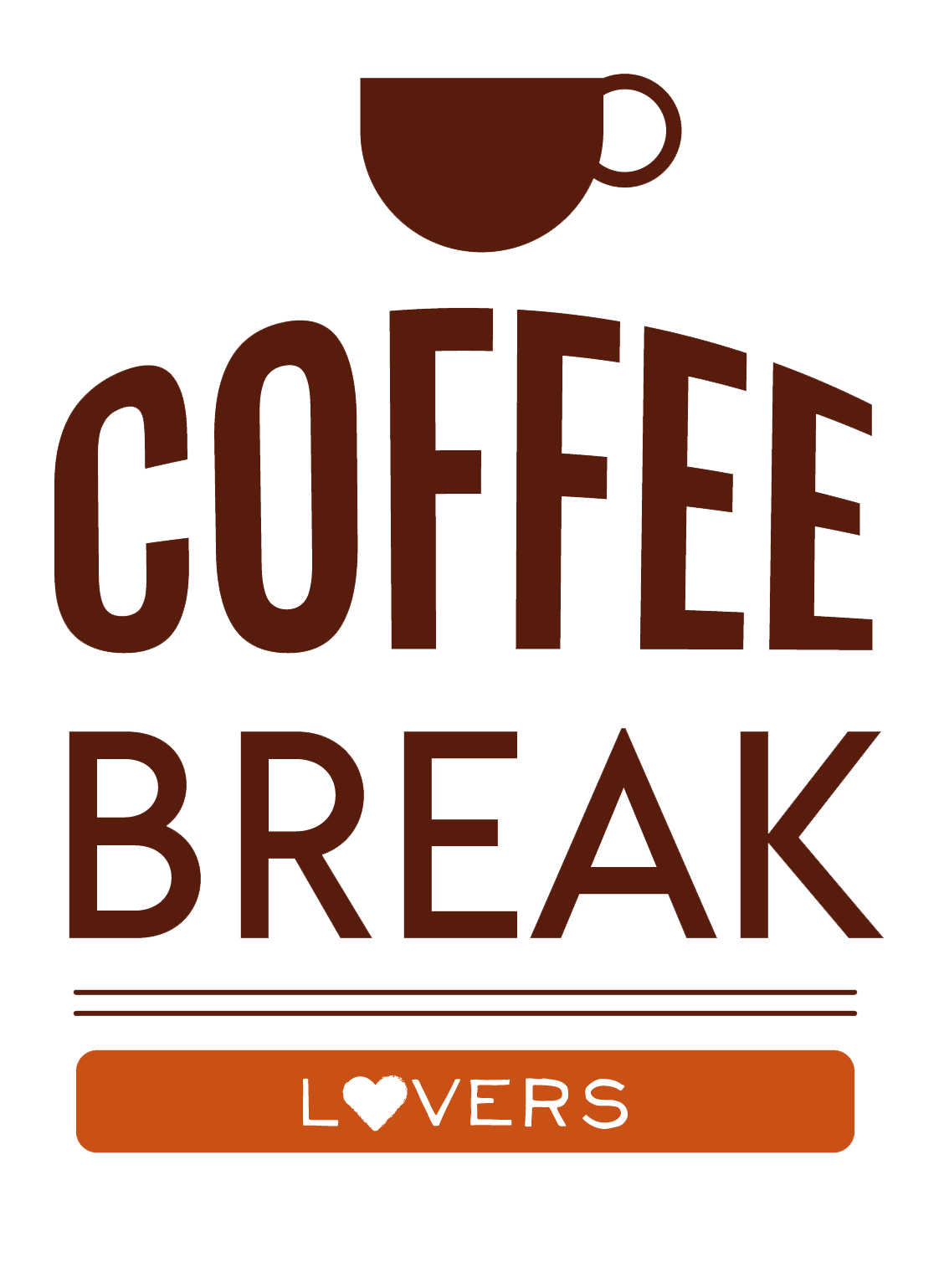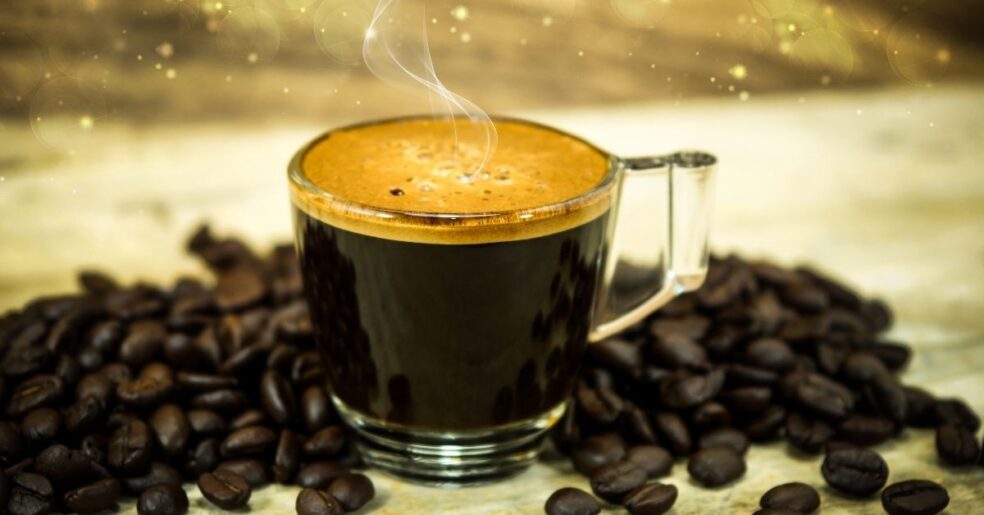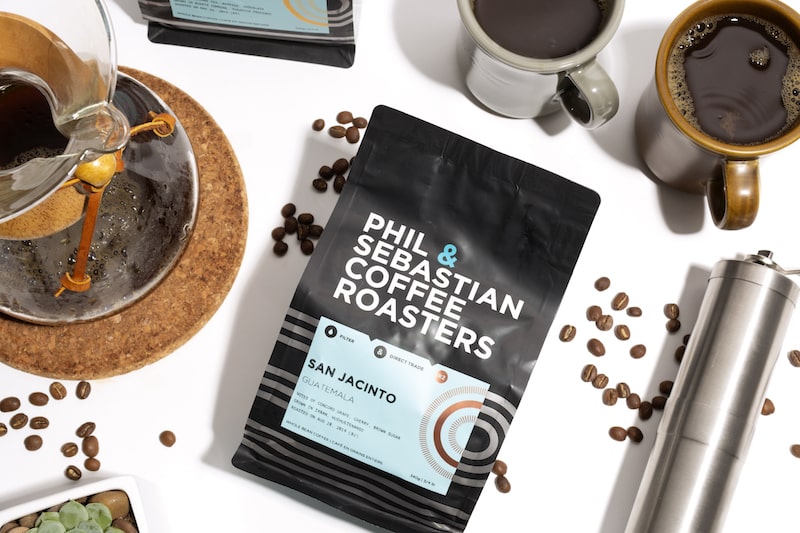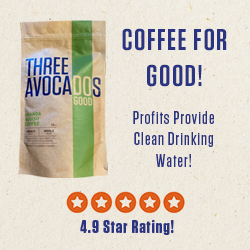Pulling great espresso shots is an art and a science. Grind consistency, water pressure, tamping, and extraction time are all important factors that require special equipment or experience to get right. But another crucial factor is your espresso temperature.
Slightly different temperatures can have a huge impact on the caffeine concentration in your drink, the body of your coffee, and even how much coffee flavor is extracted from your beans.
Yeah, it’s that important!
In this post, we’ll talk about:
- why espresso temperature is so important
- the ideal brewing temperature for preparing and serving espresso and
- how to keep your coffee warmer longer
Let’s jump right in!
Related Posts:
What Makes a Good Espresso?
Before we can talk about the ideal brew temperature for espresso, it’s important to understand what espresso is and what makes a good one.
Espresso is a concentrated coffee made by forcing nearly boiling water through fine coffee grounds under high pressure. This preparation method creates an extremely robust and rich drink that’s often enjoyed without the addition of milk or cream.
Because espresso is consumed “as is” the barista needs to make sure the drink is excellent on its own. The pressure, grind, extraction time, brew ratios and, brew water temperature all need to be flawless.
The end result is a well-crafted drink with perfectly balanced acid, bitterness, and sweetness.
Ok, so now that we know what to expect from the perfect espresso, how does water temperature come into play?
Best Temperature For Espresso
Ideally, when pulling an espresso, your water temperature should be just under the boiling point. Specifically, between 195°F (90°C) and 205°F (96°C).
If your water temperature is towards the lower end of that range, less of the coffee beans sugars will be extracted. So, taste-wise, it’ll be less sweet and have a lower body (it’ll be thinner and more watery).
On the other hand, if your brew temperature is towards the higher end of that range, you’ll have an espresso shot that’s more bitter.
The perfect brewing temperature and perfect espresso extraction will give you an espresso with balanced sweetness, acidity, and bitterness. It’ll also have a rich, full body and creamy mouthfeel.
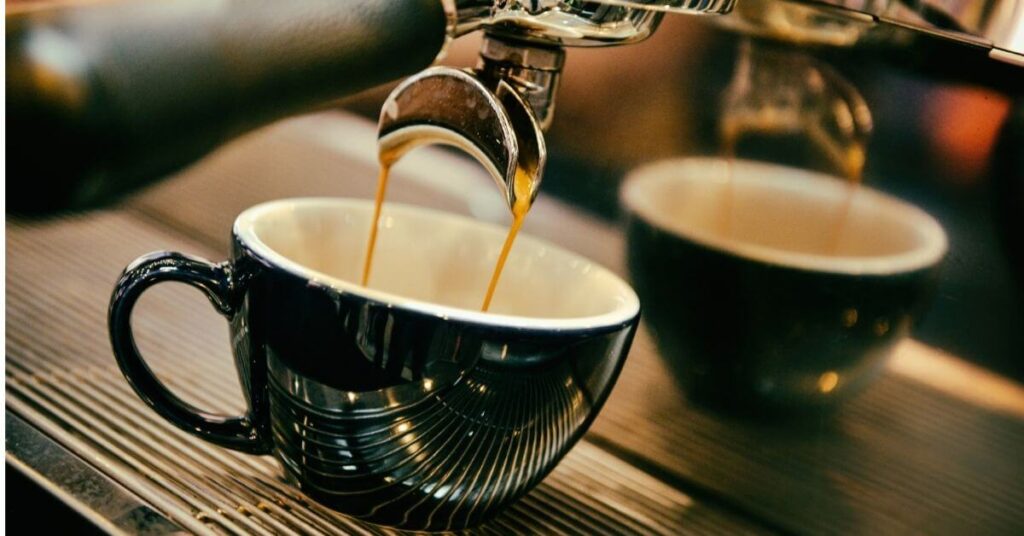
Why is Brewing Temperature Important?
Brew temperature is crucial to good espresso because it has a significant effect on your extraction yield. A higher extraction yield means more of the coffee’s caffeine, oils, and other solubles are dissolved into the water.
So, the hotter the better, right?
…Not necessarily.
Higher brew temperatures result in higher extraction yields, but they can cause over-extraction as well. On the other hand, lower brew temperatures can result in under-extraction. This means most of the flavor remains in the ground coffee beans.
Over Extracted Coffee
Over extraction happens when too much of the coffee’s solubles are dissolved. And if your water temperature is higher than the recommended 205°F (96°C) there’s a greater chance your brew could turn out like this.
If you do over-extract your coffee, it’ll taste bitter, hollow, and have an astringent, drying sensation in your mouth.
This is something you definitely want to avoid!
Under Extracted Coffee
Under extraction happens when too few of the coffee’s solubles are dissolved from the ground coffee. This could happen if your brewing temperature is lower than 195°F (90°C).
If your extraction yield is too low, your espresso will taste sour, be more acidic, lack sweetness, and will be watery. In this case, not enough coffee compounds were absorbed by the water.
Keep in mind that espresso beans are one of the darker roasts and are ground fine. This makes it much easier to over-extract espresso than to under-extract it.
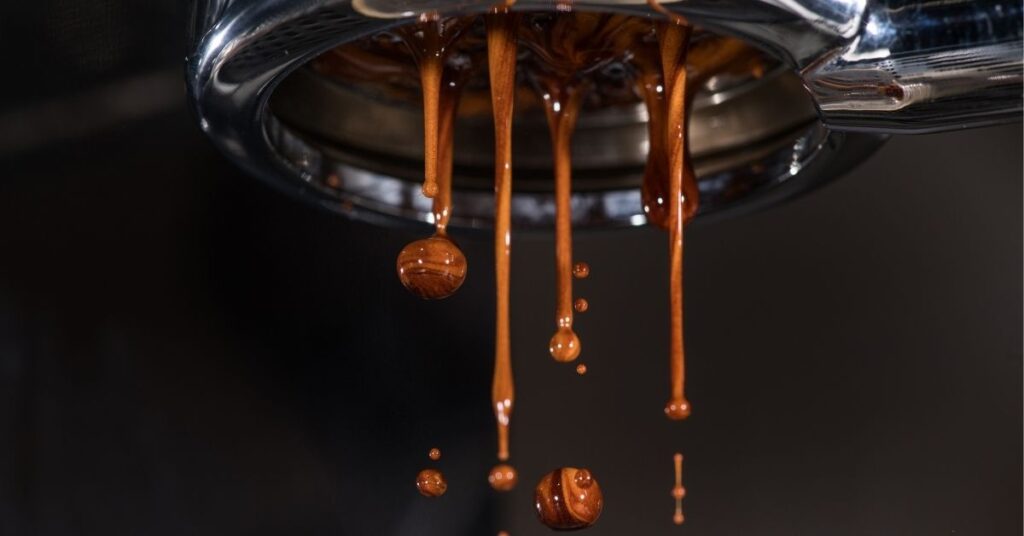
What’s the Best Serving Temperature for Espresso?
The ideal espresso extraction temperature is between 195°F and 205°F, but you definitely don’t want to serve it at that temperature. Instead, you want to drink it at a lower temperature.
Not only will you avoid burns, but cooler temps actually result in a more flavorful coffee. But when it comes to espresso you don’t really have time to wait because espresso starts oxidizing the second after it’s pulled.
Let’s take a closer look at the best serving temperature and how quickly you should drink your espresso.
Best Serving Temperature For Espresso
The best temperature for serving espresso is around 160°F.
Since heat conceals coffee’s flavor, those subtle notes and complex sugars are much harder to taste and enjoy when the coffee is hot.
But the cooler the coffee, the easier it is to taste the flavor. Keep in mind that this also has its limits. Past a certain point, cool coffee also begins to lose flavor.
This is why the best temperature for serving espresso is around 160°F. (Or whatever temperature you’re most comfortable drinking it.)
How Quickly Should You Drink Espresso?
The other factor for making sure you enjoy the best espresso possible is time. And time just might be even more important than temperature.
Why?
Well, espresso is a very unstable drink and it begins to oxidize shortly after it comes out of the espresso machine. In fact, there’s a widely held belief that espresso should be drunk within 10 seconds after pulling!
I don’t necessarily agree with the 10-second time limit, but the fact is that espresso loses its crema, loses oils, becomes more watery, and generally has a harsher taste the longer it sits.
So, it’s best to enjoy your espresso as soon as you can.
Best Milk Temperature For Espresso
The best temperature for heating milk is around 140°F – 150°F (60°C – 66°C). If you heat it much higher than that, you may scald the milk.
While espresso is drunk without milk, espresso shots serve as the base for many different types of coffee drinks.
So if you enjoy lattes, cappuccinos, and macchiatos you’ll need to consider the temperature for your milk as well as the espresso water temperature for your coffee.
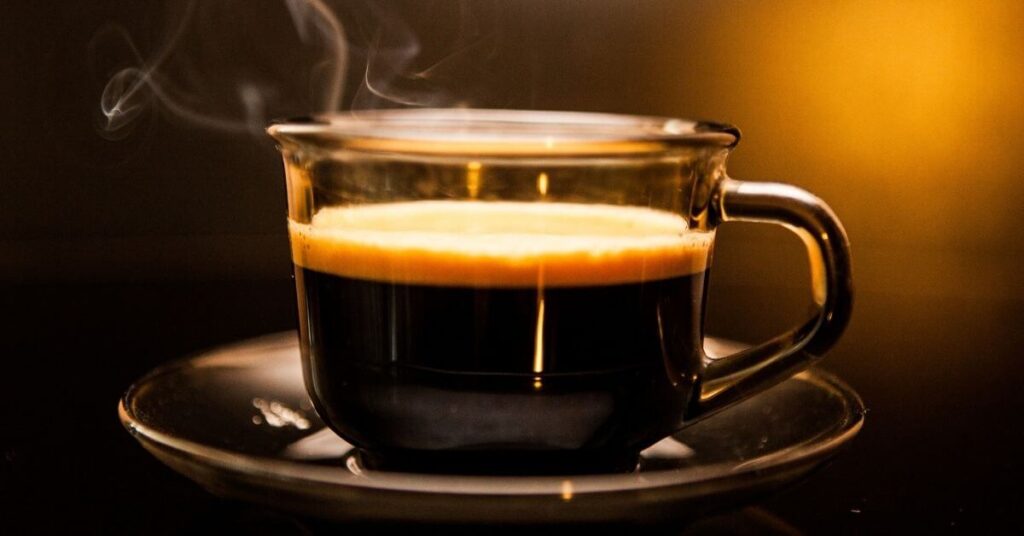
Why Is My Coffee Not Hot?
There are three main reasons your coffee may not be hot. The number one reason is that your cups are cold. Second, your coffee may be cool because you’re not heating your milk. And third, your machine could be cold.
If you’re planning on turning your espresso into a cappuccino, make sure you heat the milk to the proper temperature using a milk steamer, the microwave, or the stovetop.
Or if your coffee isn’t coming out of your brewer hot, try running hot water through the machine first before brewing your coffee.
Finally, if your cups are too cold, there are a few things you could do.
How Do You Preheat Coffee Cups?
No matter how hot your drink is when you pour it into a cold ceramic cup, it loses some of its heat to the cup. And the colder your cup, the colder your coffee will become.
To counter this, many people try to increase their brew temperature, which increases their extraction yield and ruins the coffee.
Alternately, they may overheat the milk to compensate for the cool coffee, which can destroy the milk.
So, what is the solution? How do you keep your espresso hot even after transferring it to your ceramic cup?

- Use Cup Warming Trays
You may have noticed that many Baristas keep their espresso cups on top of the espresso machine. This is because many espresso machines have cup warming trays that maintain the cups at the perfect temperature.
If you’ve got a machine with a cup warming tray at home, keep your espresso cups face down there and you’ll never have to worry about cold espresso again!
2. Use Hot Water
If you don’t have an espresso maker at home, there is another solution. You can swish a bit of hot water in your cup right before preparing your espresso.
When you’re ready to pull your shot get rid of the water and put your hot cup in place.
Related Posts:
The Bottom Line
Brewing espresso is as much an art as it is a science. There are many different factors at play, but one of the most important is the espresso temperature.
Higher temperatures result in higher extraction. Lower temperatures result in a lower extraction. But the ideal temperature can achieve the best balance of acidity, sweetness, and bitterness.
And of course, don’t forget to warm your machine and cups before you start to brew!
If you’ve learned any tips and tricks to getting the right espresso temperature, let us know in the comments below!
Cheers Coffee Lovers!

KEEP READING
- Are Moka Pots Dishwasher Safe? Here’s What To Expect!

- Does Espresso Break A Fast? Must Know Facts!
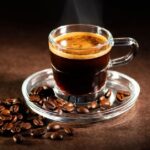
- Why Does My Coffee Taste Metallic? (7 Causes And Solutions)
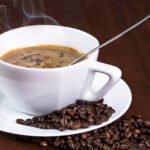
- Coffee Syrup vs Coffee Sauce (Side By Side Comparison!)
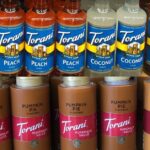

Idalmis is co-owner of Coffee Break Lovers. She is a Cuban coffee enthusiast that is passionate about coffee and coffee culture.
